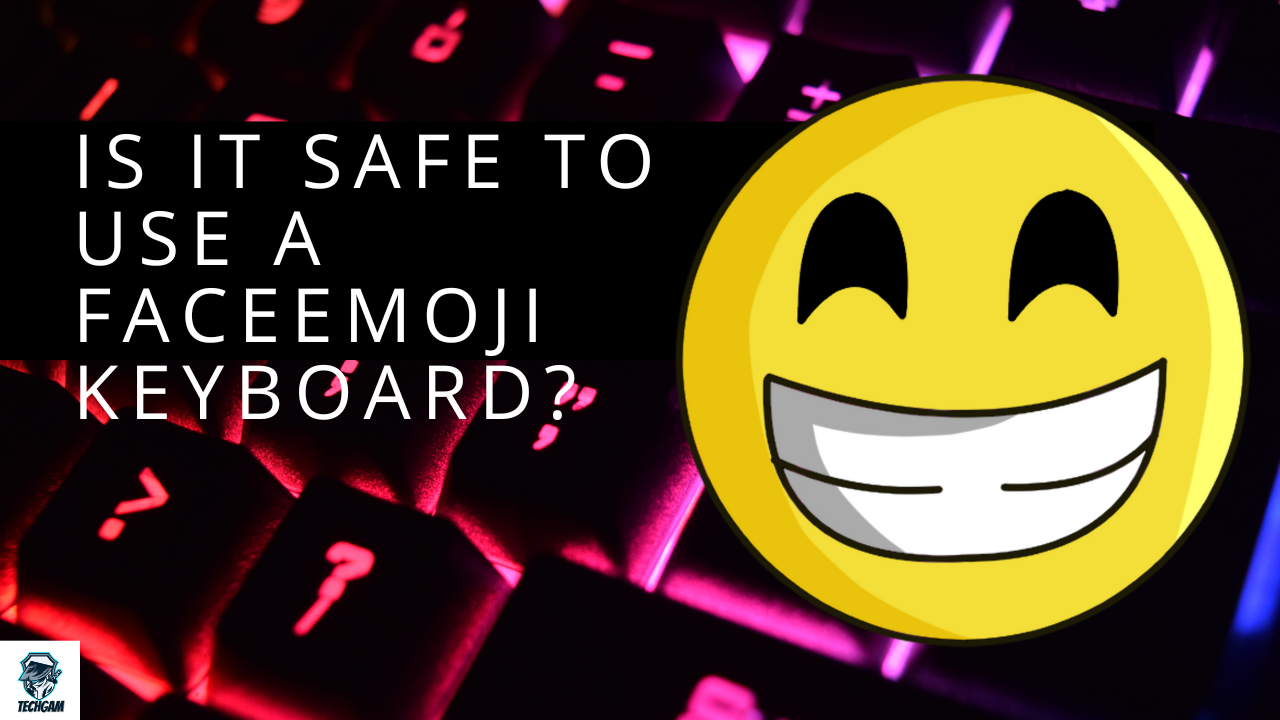Exploring the Safety of Faceemoji Keyboards
In recent years, the use of face emoji keyboards has become increasingly prevalent in our digital communication landscape. These keyboards offer a creative and expressive way for users to convey emotions, sentiments, and reactions through a wide array of animated faces. However, as with any technology, concerns about safety and privacy have arisen. This article aims to delve into the safety aspects of using face emoji keyboards, exploring potential risks and benefits associated with their use.
Understanding Faceemoji Keyboards:
Faceemoji keyboards, often integrated into messaging apps and social media platforms, allow users to replace traditional text-based emoticons with animated facial expressions. These emojis are not only visually appealing but also aim to enhance the emotional nuance of digital conversations. Users can choose from a variety of expressions, such as happy, sad, surprised, or angry, to better convey their feelings in a conversation.

Privacy Concerns:
One of the primary concerns surrounding the use of face emoji keyboards revolves around privacy. Given that these keyboards often involve facial recognition technology to create personalized emojis, questions arise about how the collected data is handled and whether it poses a risk to users’ privacy.
- Data Security:
- Faceemoji keyboards typically require access to a device’s camera to analyze facial features. This raises concerns about the security of the collected facial data.
- It is crucial to examine the privacy policies of the applications using face emoji keyboards to understand how they handle and store user data.
- Third-Party Access:
- Some face emoji keyboards may collaborate with third-party services for additional features or improvements. Users should be cautious about granting access to sensitive facial data to these third parties and consider the potential risks involved.
- Biometric Data Protection:
- As facial recognition technology becomes more prevalent, protecting biometric data becomes increasingly critical. Users must be aware of how their facial data is stored, processed, and whether it is encrypted to prevent unauthorized access.
Benefits of Faceemoji Keyboards:
While privacy concerns are valid, it’s essential to recognize the positive aspects and benefits associated with the use of face emoji keyboards.

- Enhanced Expression:
- Faceemojis provide a richer and more nuanced way of expressing emotions compared to traditional text-based emoticons. This can lead to more engaging and meaningful digital conversations.
- Personalization:
- Many face emoji keyboards allow users to create personalized emojis based on their facial features. This level of customization can enhance the user experience and make digital communication more enjoyable.
- Visual Appeal:
- Face emojis add a visually appealing element to digital communication, making conversations more engaging and entertaining. This can contribute to a positive online experience for users.
Security Measures and Best Practices:
To address privacy concerns and ensure the safe use of face emoji keyboards, both users and developers can implement various security measures and best practices.

- Review Privacy Policies:
- Users should carefully review the privacy policies of applications using face emoji keyboards to understand how their facial data is collected, stored, and processed.
- Opt for Trusted Apps:
- Choosing face emoji keyboards from reputable and well-known developers can reduce the risk of data misuse. Prioritize applications with a strong track record of prioritizing user privacy.
- Enable Permissions Mindfully:
- Users should be selective in granting permissions to face emoji keyboards, particularly regarding access to the device’s camera and facial recognition data.
- Regularly Update Apps:
- Developers often release updates to address security vulnerabilities and improve overall app security. Keeping face emoji keyboard apps up to date ensures that users benefit from the latest security features.
Conclusion:
In conclusion, the safety of using face emoji keyboards depends on a combination of user awareness, developer responsibility, and adherence to best practices. While concerns about privacy and data security are valid, the benefits of enhanced expression and personalization cannot be ignored. By making informed choices, reviewing privacy policies, and implementing recommended security measures, users can enjoy the creative and expressive aspects of face emoji keyboards without compromising their privacy and security. Ultimately, the responsible use and development of face emoji technology can contribute to a positive and secure digital communication environment.

